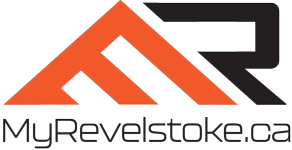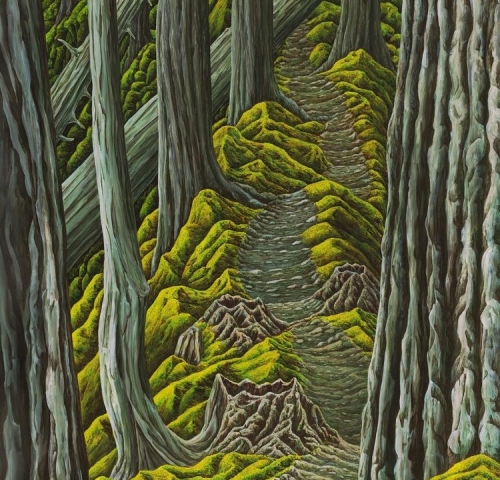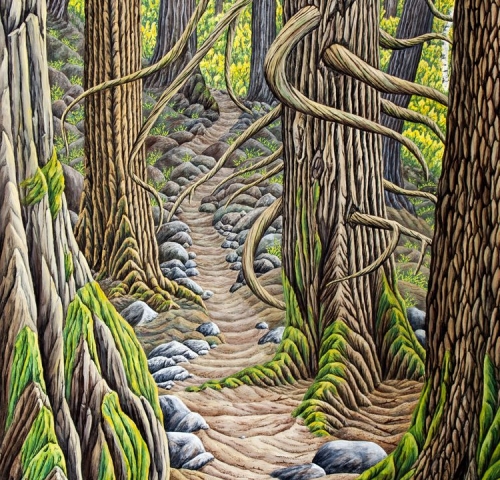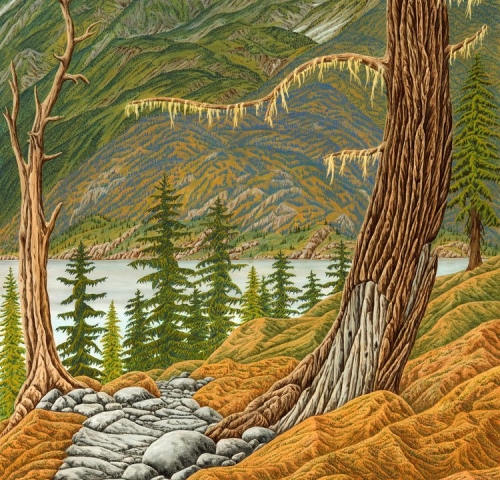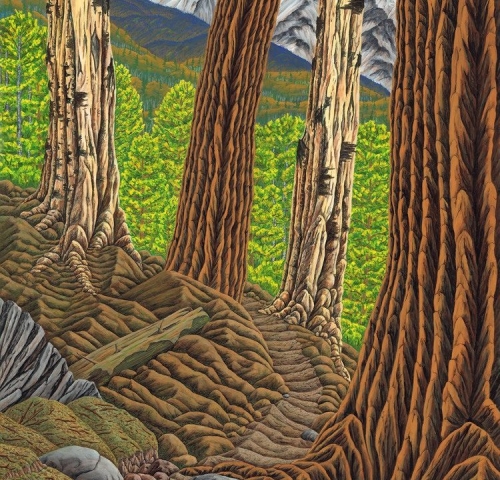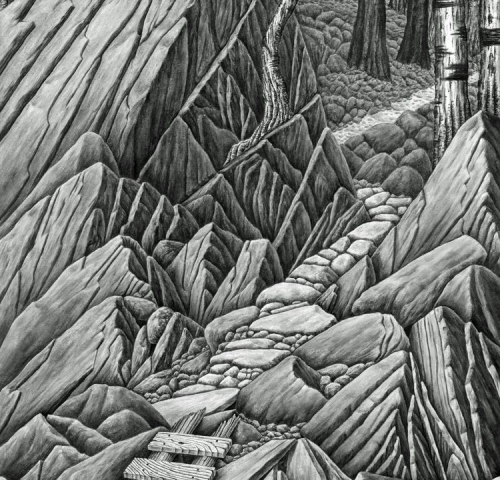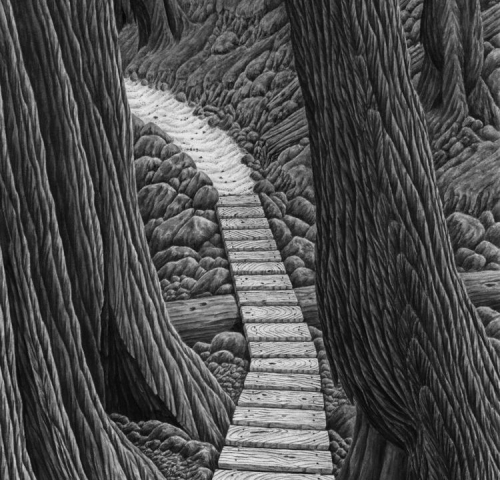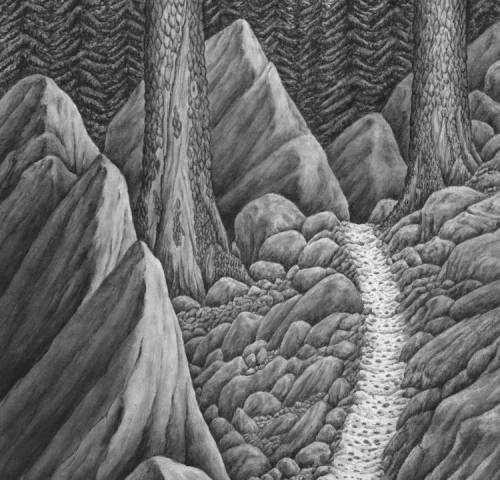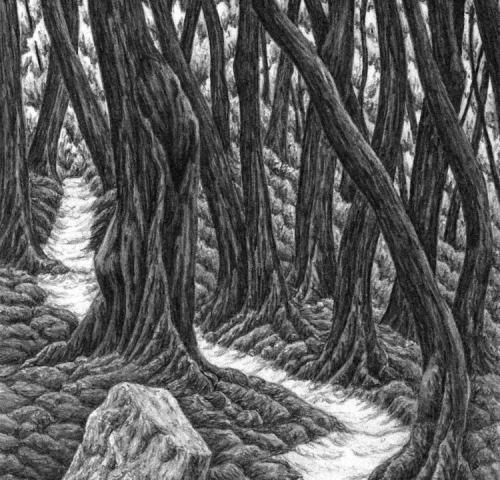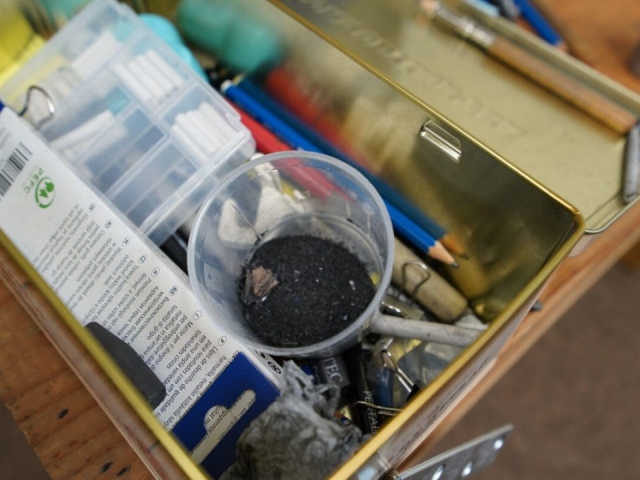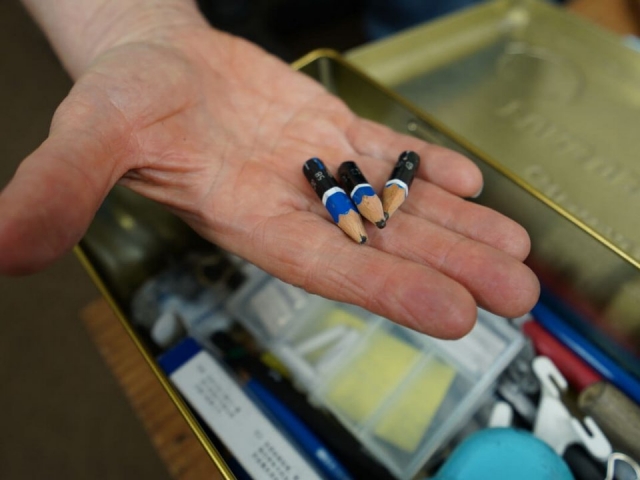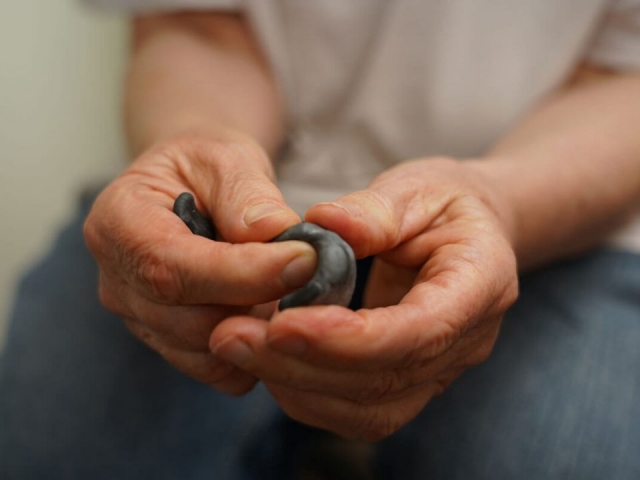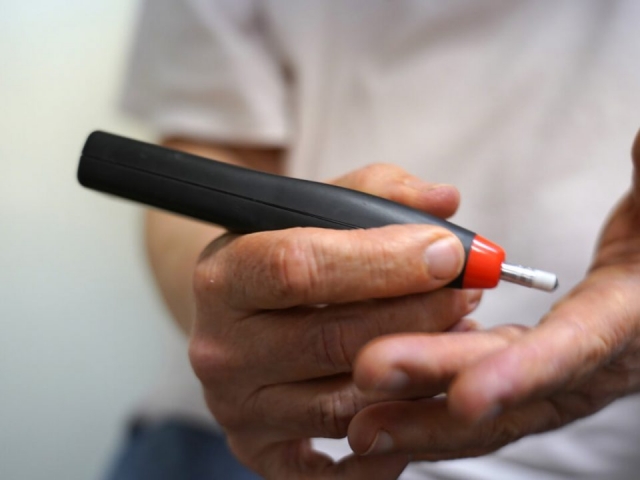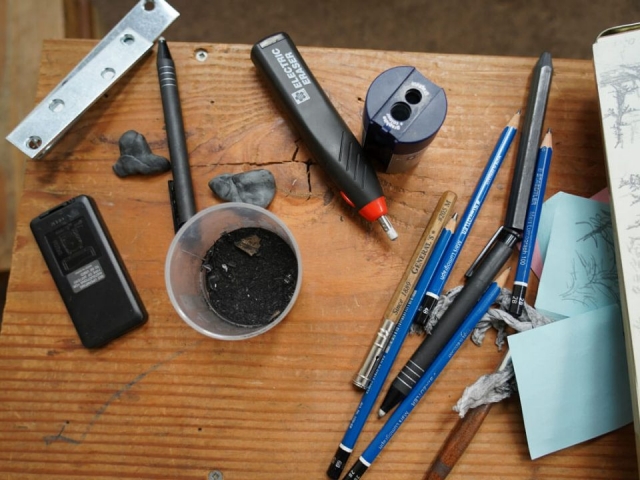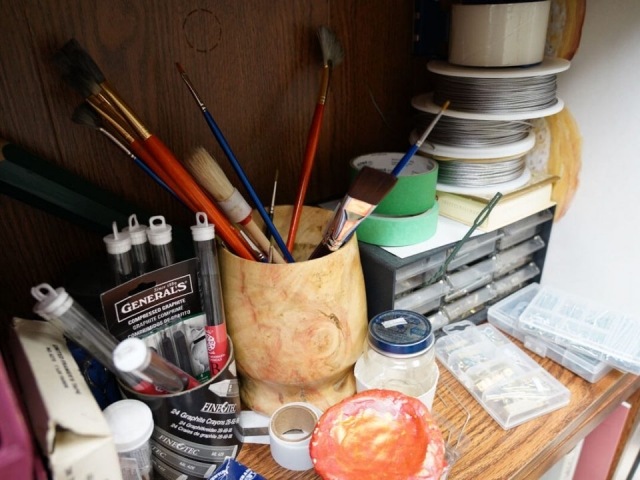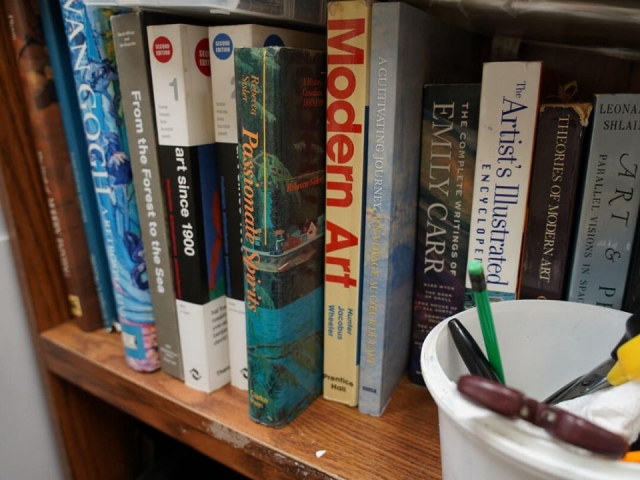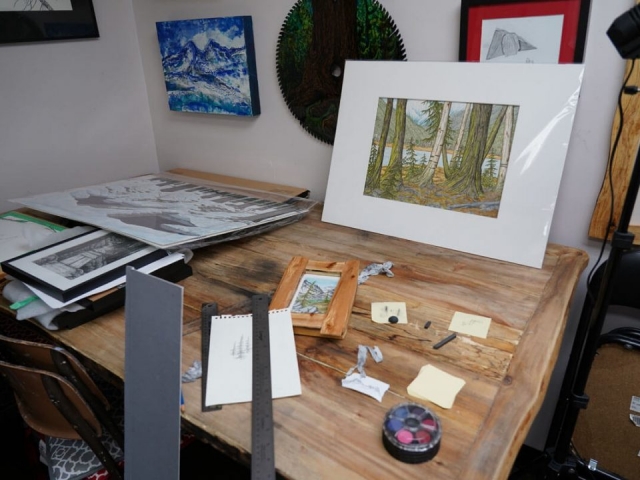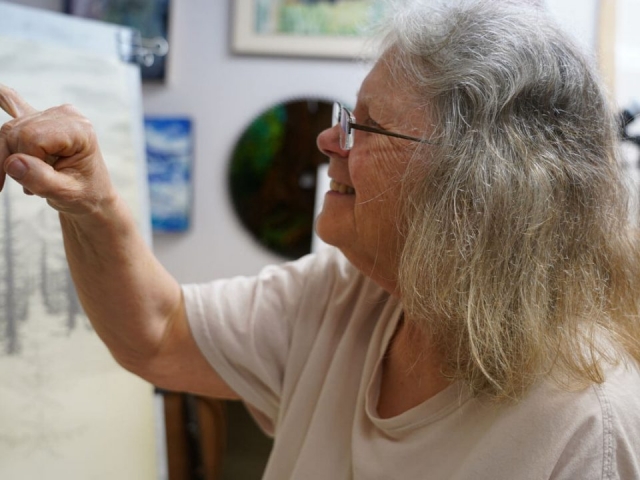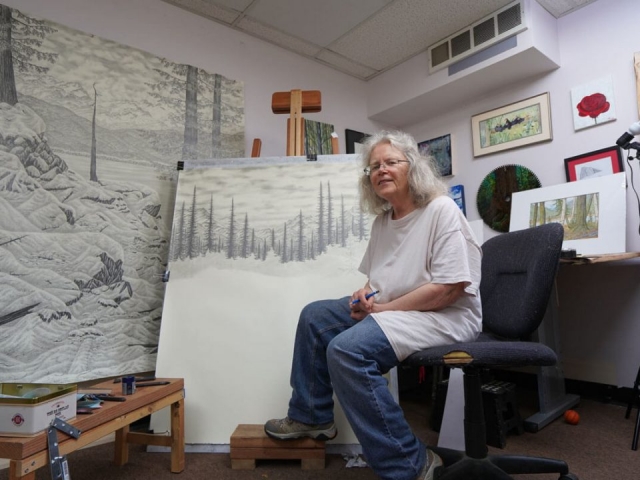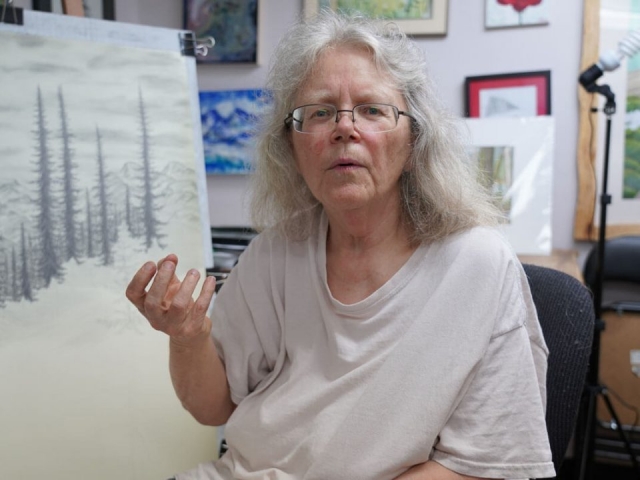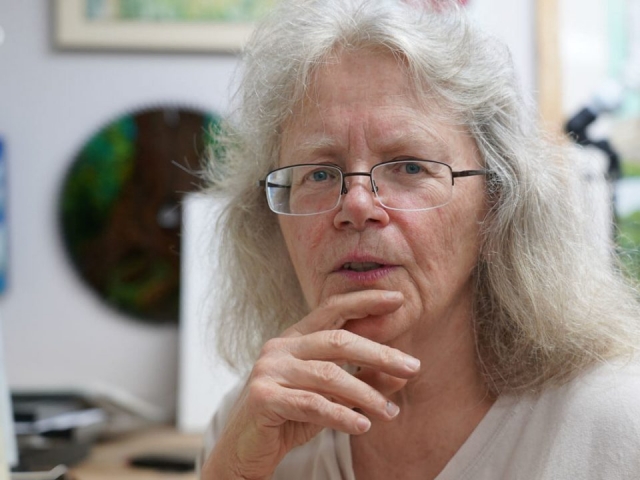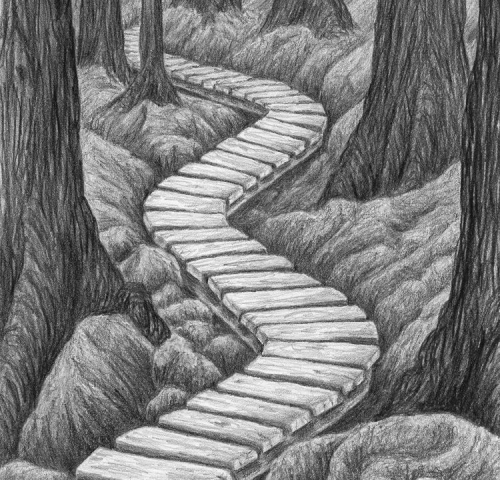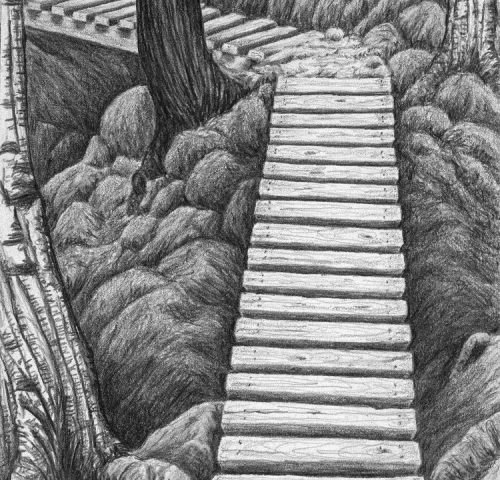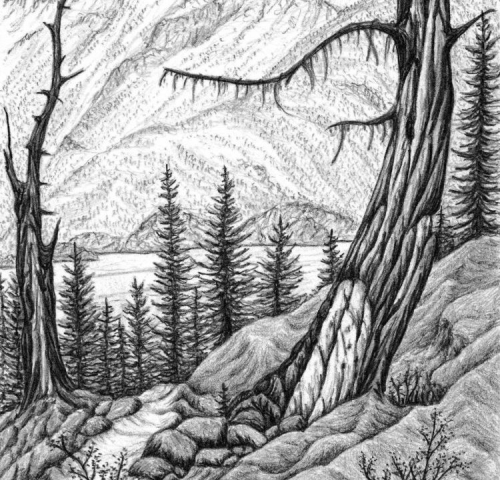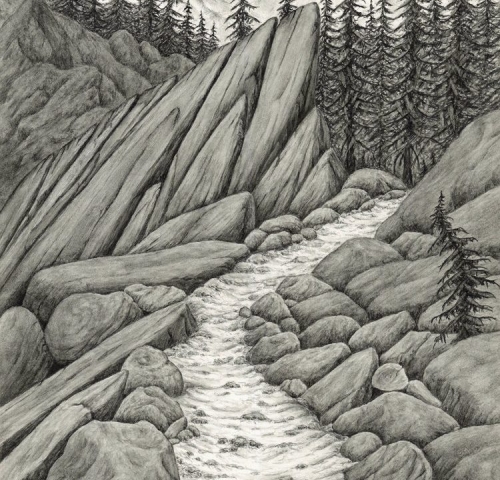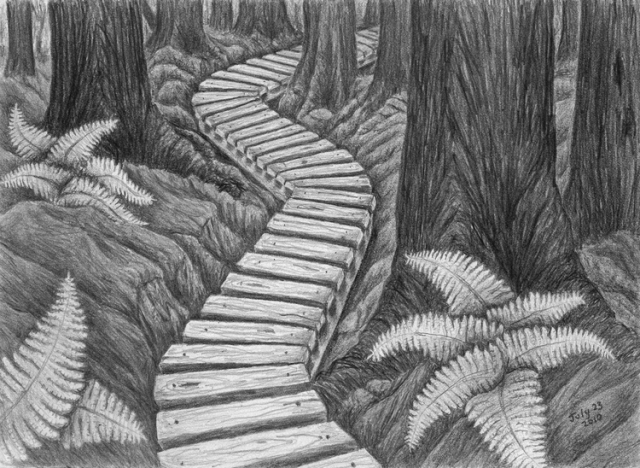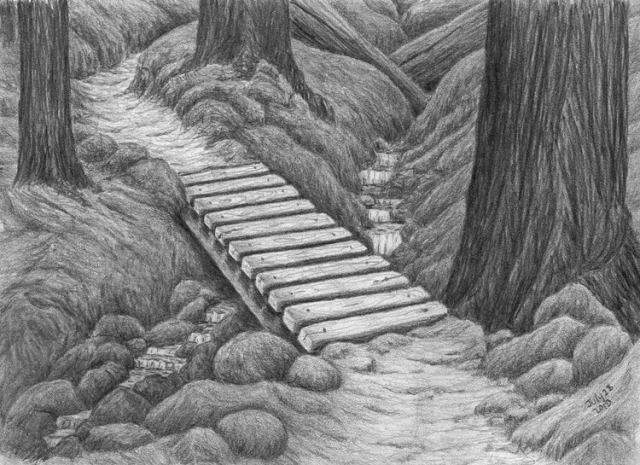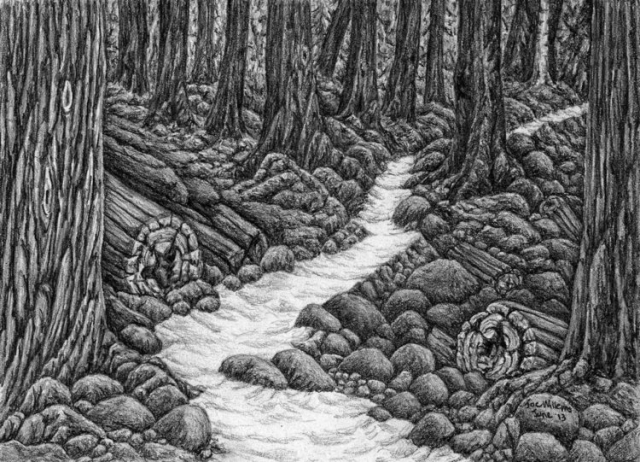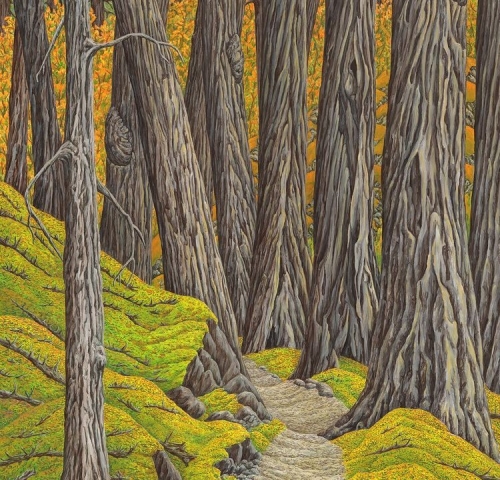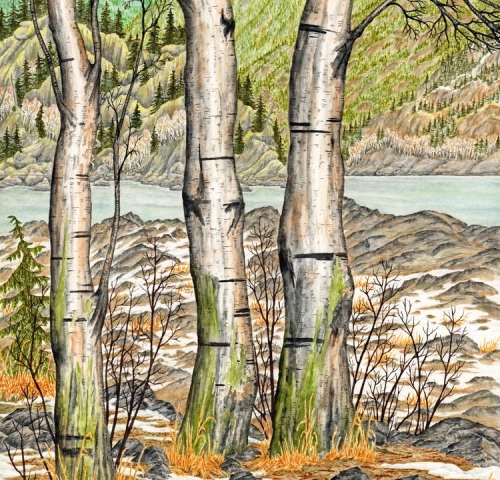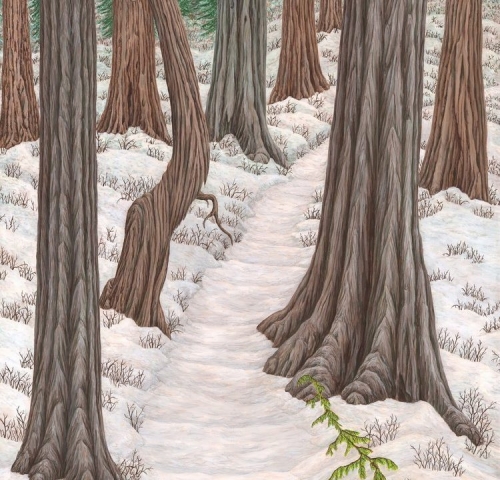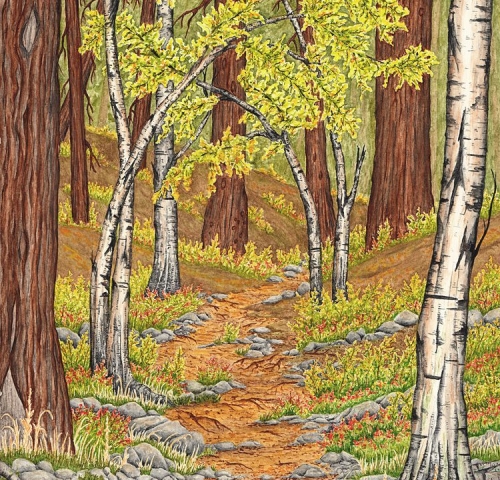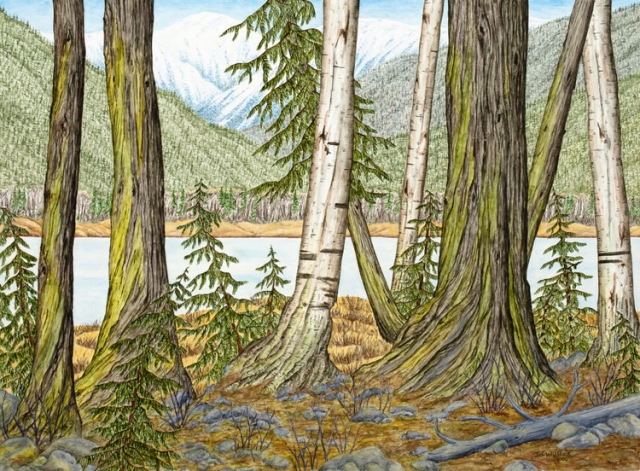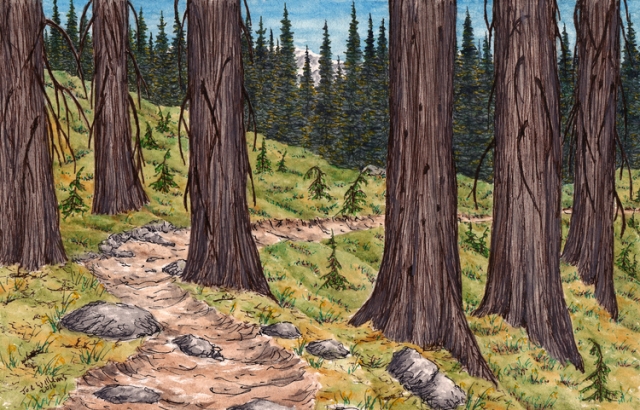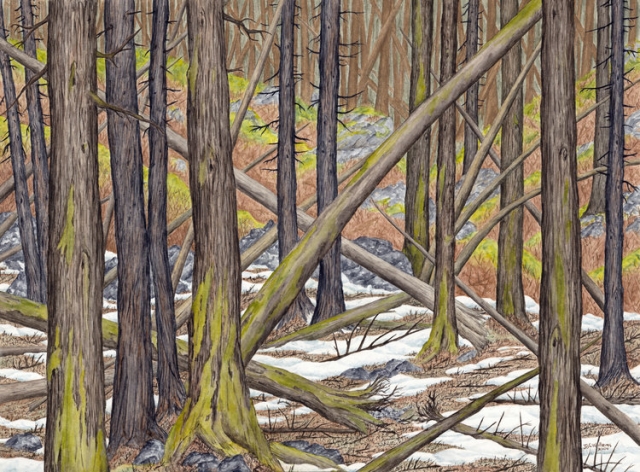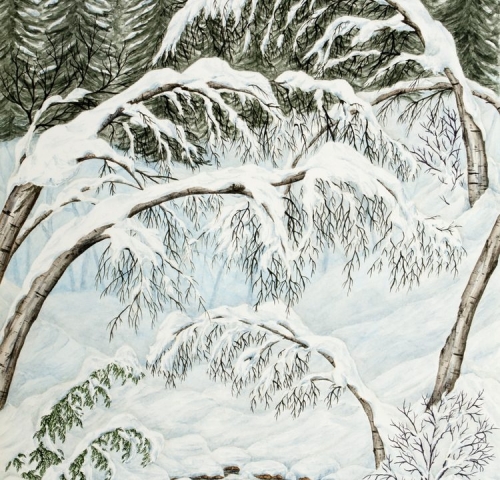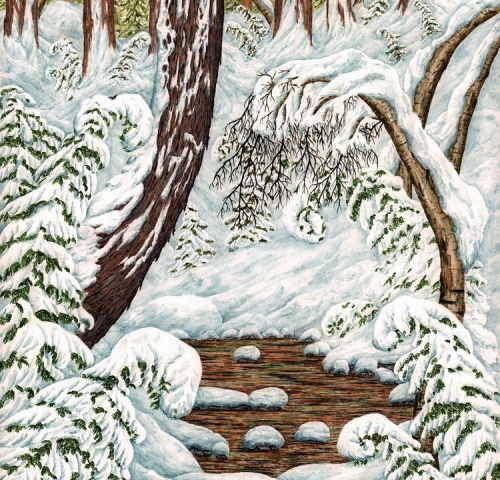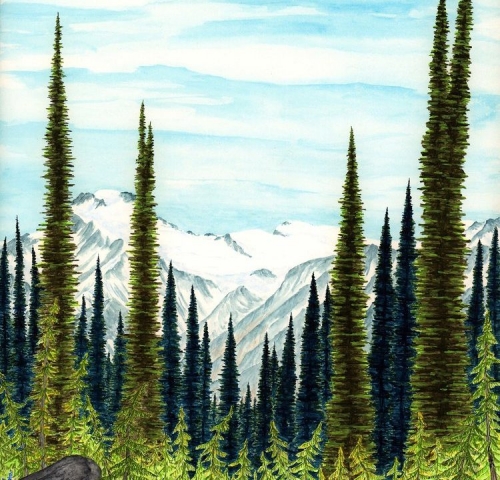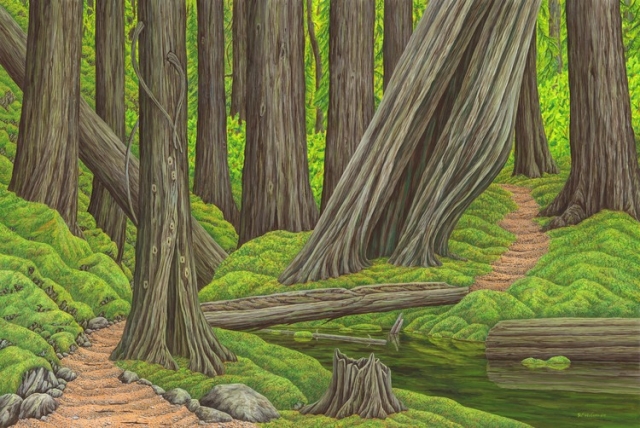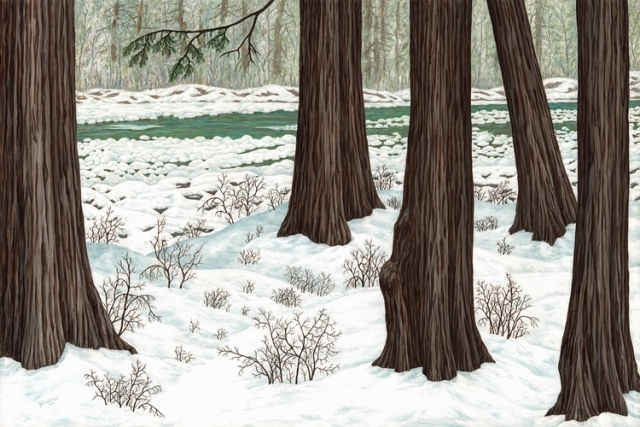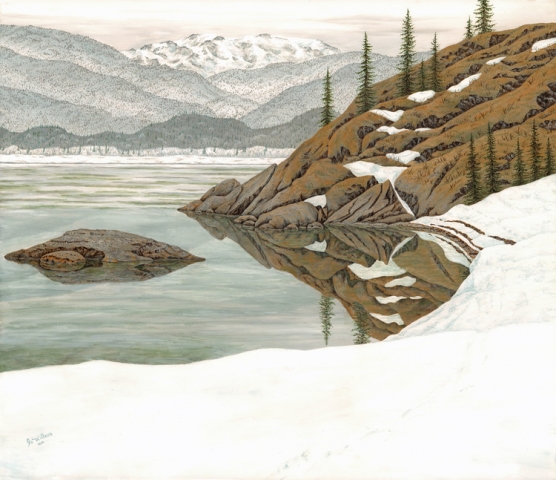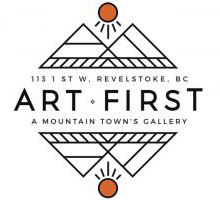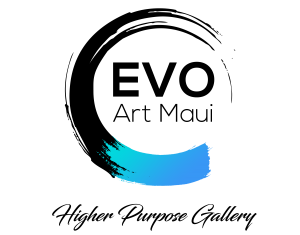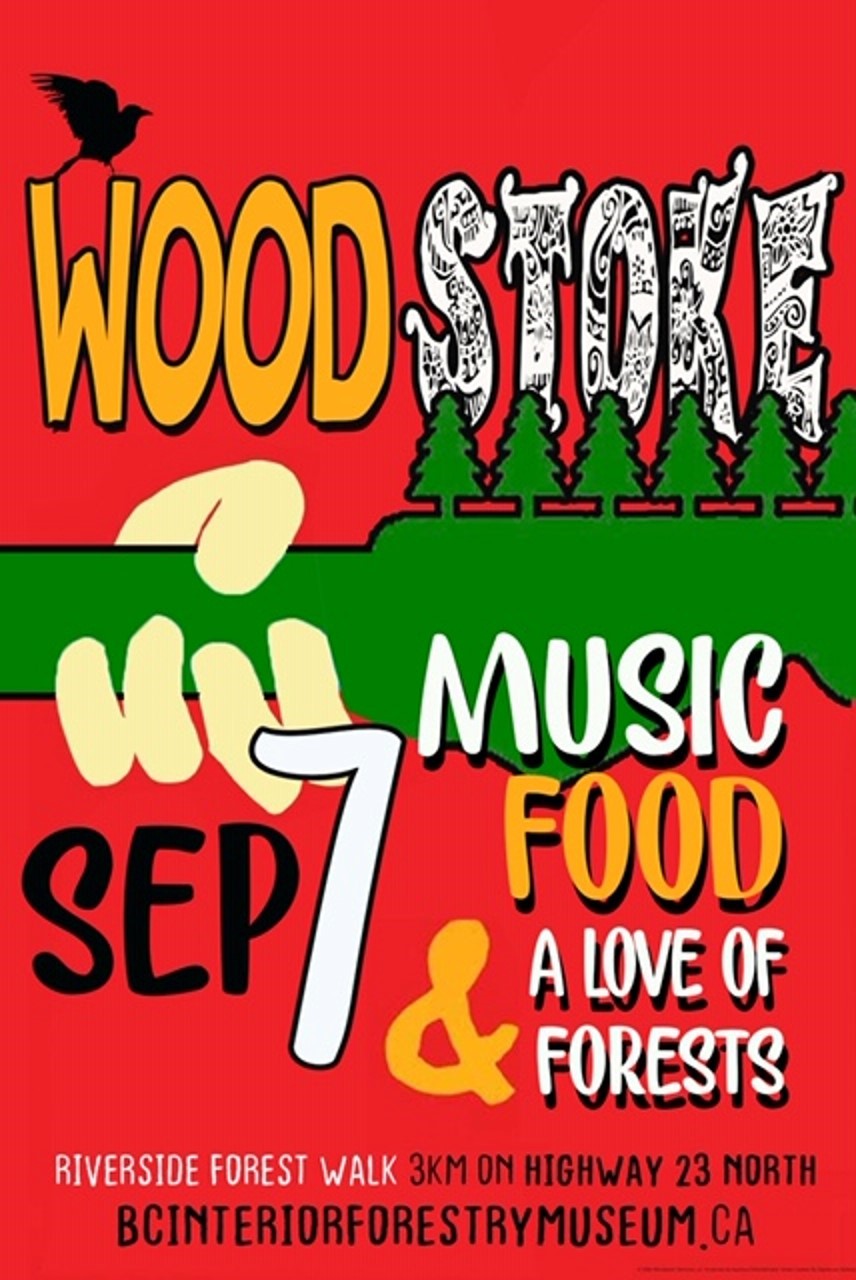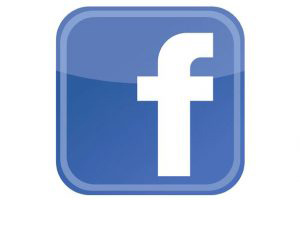Revelstoke Feature Artist
Jo C. Willems
“When they put those first pair of glasses on me [at age four] it was like, so THIS is how the world looks. I remember just staring down at stones on the sidewalk and going WOW. It really set my course in terms of the celebration of the 'wow' since it was now in everything, everywhere, all the time. And because I'd never known this, it went right into me; this connection between light and brush and colour. As a child we didn't have much money, so I remember painting on index cards with toothpicks and food colouring since that’s all we had. When anyone asked me what I was going to be when I grew up I’d say, I’m going to be an art forger!”
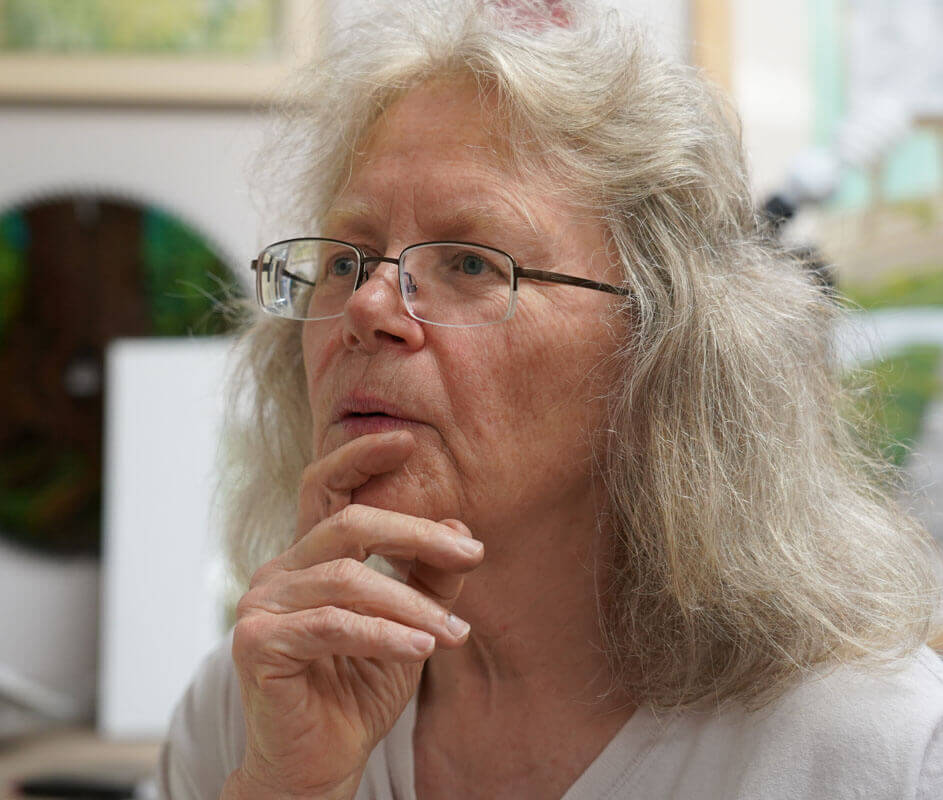
Originally from the town of Creston in the Kootenay region of southeastern British Columbia, Jo C. Willems was born acutely near sighted; able only to see planes of colour during her first four and a half years of life. It was only after a visit to an optometrist before the start school that her parents finally understood the full extent of her visual limitations.
Forever driven by a passion for learning, Jo excelled in math and science during her high school years. When university aptitude tests determined she was best suited to either becoming a cowboy or an artist, the counsellor instead persuaded Jo to enroll in a Bachelor’s of science degree at UBC. “I was very interested in genetics and microbiology and biochemistry and all those things but I wasn’t a scientist. I didn’t want to prove anything. I just wanted to know.”
In her last year at UBC, Jo took an art class elective that would change everything. “I met a marvelous woman named Toby MacClennan who brought out the artist in me again. She said I could take all those things I loved about science but I wouldn’t have to prove anything. Instead, I could just play with it all. As I began putting ideas into physical form as a conceptual artist, Toby then steered me towards graduate school. So I went down to L.A. and totally connected with people like me, who thought like me, and I realized this was the world where I belonged. It was then I was certain my life would focus on and be dedicated to creating art.”
Shortly after arriving in Revelstoke with her husband Grant in 1991, Jo abandoned her counselling career to focus solely on art, refining her techniques in gouache, graphite, and pencil. “Gouache is the most terrible medium. It’s an opaque watercolour. Watercolour sounds easy, right? With gouache, when you put the next layer down on top of the first, the bottom layer bleeds up and it’s a crapshoot what it’s going to do. It’s so random you don’t know where or how it’s going to come—if it even comes at all. Over time, I began to learn it was the density and thickness of the paint—but not always. Or sometimes if I let that first layer dry for 24 hours it may bleed less.”
“Because gouache is so random, it taught me a new way of how to paint. I had to learn to work with the medium; to let the medium become part of my team. It’s like the medium would say, “I think you want to do that but I’m going to do this.” So on the second layer I would start to pull out all the things that randomness gave me so it became a team in the sense of having that paint guide me. It made me a much better painter.”
This phase of work however was done in solitude without galleries or showings. “I just did the art. I painted and tossed it behind the dresser, repeat, until one day I had this chance encounter in the woods with Rebecca Fairborn, an art historian who told me artists have two jobs: one is to create the work and the other is to share it. She said the history of the world is created in our artwork and the artist’s job is to move into history. The way you do that is by showing, sharing, and selling.”
"I go in phases and stages. I’ll work in colour for a while and then I’ll switch to something else. Each time I go through one of these, my understanding of the medium and relationship with the medium changes hugely and I grow every single time.
I’m working in pencil now but actually I'm painting in pencil. I start with big strokes which I'll then rub with kleenex. Like gouache, it’s absolutely impossible to have any control with giant pencils and kleenex—you'll never get clean lines. But from those movements, the trees start to emerge, then the snow on the trees starts to emerge. These movements, they give me shadows and light and I just pull them up. That’s when you work with the medium instead of being controlled by the medium. For me, that’s the difference between painting and just making things.
Erasers provide a huge paint box of shapes and tones. Different grades of dirtiness [amount of graphite] will create different effects. I will also use an electric eraser to draw through dark pencil to produce other effects. I’m always exploring different ways to push the edge of the medium. I’m sure I do a lot of things that aren’t in the book.
I’ve acquired all kinds of knowledge in my study of artists and history. I think about them but I don’t necessarily emulate them. I think the way we push the edge of the human experience is by contemplating those things others have done but not necessarily taking them in as our own. We need to do our own work and part of that is just being brave.
Work is not art until it is sold because when you sell it it has established value. Until that happens it’s just used paper. I think this is something artists struggle with. Toby McLennen once said, “Never give away your art. Always sell it because you never know when it’s going to be used to wrap fish”. So it’s not about money. It’s about putting a value on the piece so it’s not used to wrap fish.
By establishing value, a buyer is saying, “You’ve given me this little piece of your pain and for this I thank you kindly.” The seller then says, “You’ve invested in this little piece of my heart, it now has worth to you, and you're going to take care of it.” This exchange of money is what guarantees that view of our world will move into history. It completes the cycle because history is recorded in art. This is why, as artists, it’s important we move things through this cycle."
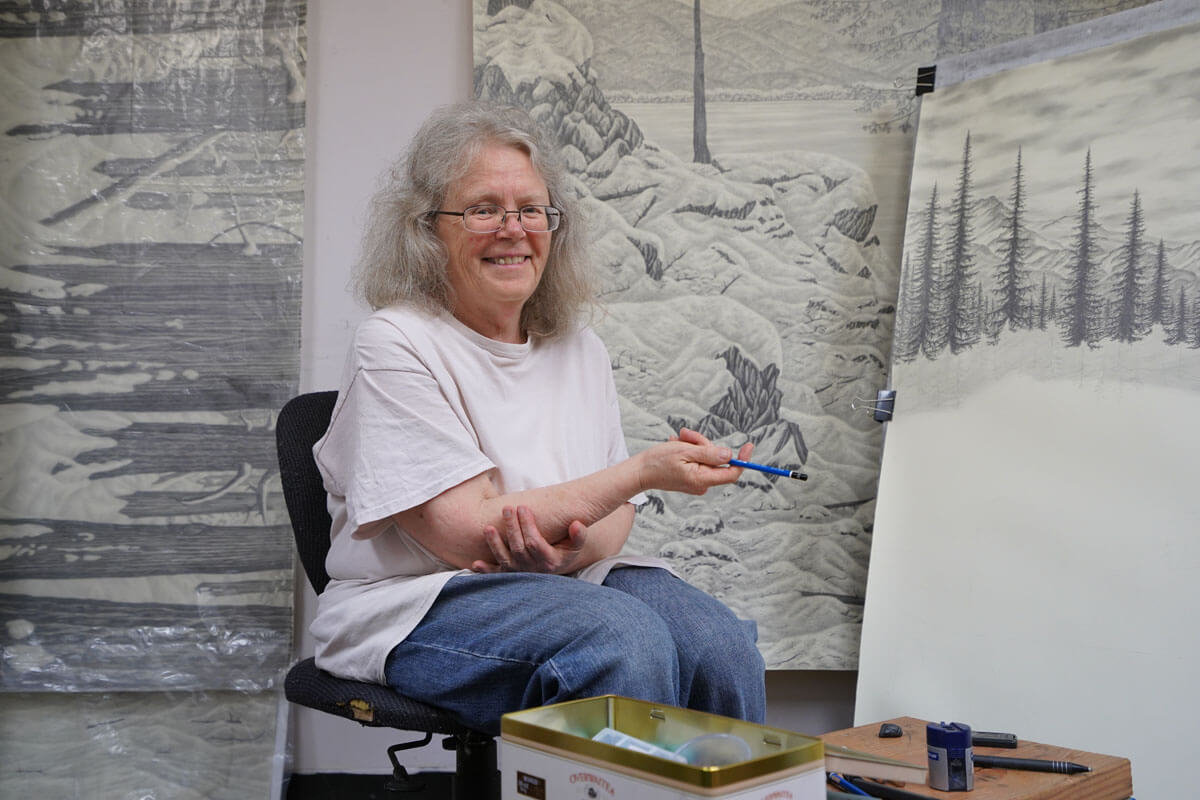
See Jo C. Willems on Instagram, at jocwillems.com, and Art First! Gallery, 113 First Street W. in Revelstoke.
Showing soon at Evo Art Maui, in Hawaii.
Fierce Art Project at Woodstoke September 7, 2019
On Sept 7, 2019, the Fierce Art Project will be participating in “Woodstoke”, a one-day festival organized by the Forestry Museum. Our part in this festival will include working plein air along the Riverside Forest Walk as well as gathering images for future work. These beginnings, in addition to further studies in all seasons will be the foundation of the work for the exhibit “A Place To Be.” An additional goal of this exhibit is to enrich the relationship between the Revelstoke Visual Arts Society and the Forestry Museum, as well as increase the awareness of both venues to visitors, tourists, and locals alike. Tickets are available at the forestry museum or at Everything Revelstoke. Kids under 16 get in for free.
